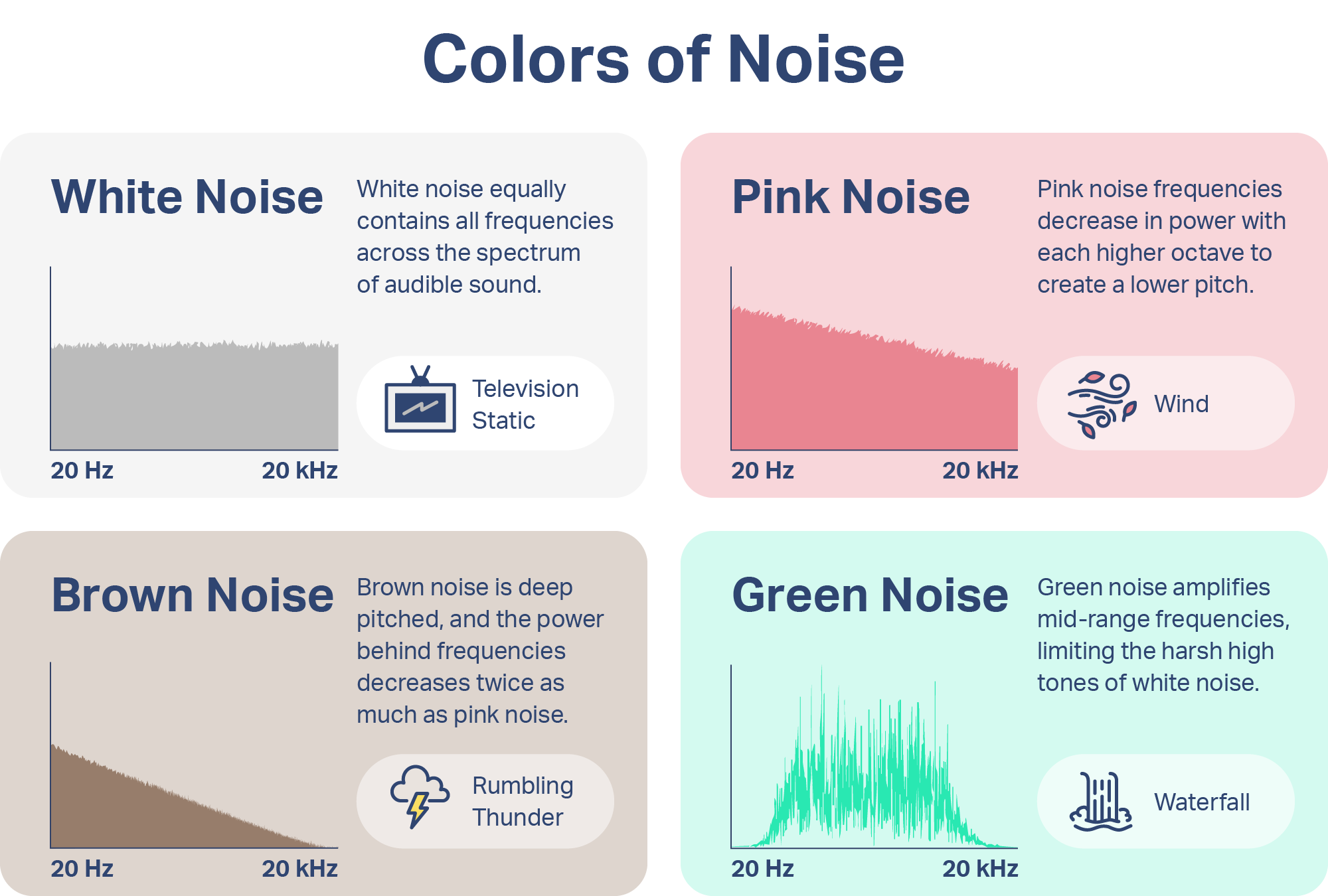Session: Exploration of Sonic Dancer and Exploring Sonic Pi and AI
Exploring Sound and Technology by looking at Sonic Dancer and exploring sound generation. More information can be found on algoraves and on live coding. To get a feel for the type of music produced you can have a listen to Norah Lorway as well as Rehab Hazgui. Beyond Algoraves and live events the technology is also used for music composition and less live events.
Approach:
Build a basic foundation of music and tehcnology. Explore technology through the usage of an LLM (later in the session). To understand your process, your questions and your approach, please try to keep of log of the session similar to a diary.
Some Starting Ideas on Music:
To get started we need to think about some fundamentals of music. The underlying rythmn and the intention. If you start off by thinking about Stravinski's usage of movement and music in the "Right of Spring", it will give you some possible starting point. Let's start simple by exploring a rythmn and "feeling" what type of music you want to create/explore. When designing sound what is additionally interesting is how people will move and how you can make them move.
Technology:
Part 2A (30min) Setup
Use the time to install and familiarise yourself with a given platform. If you do not like the platform, take notes on what does not work for you. Most platform have a specific appeal and it could be that the problems you are facing are of interest to others.
For this part please use duckduckgo or Qwant for help but do not use any LLM.
Steps:
- Pick a platform (ideally see what others are picking and choose something different)
- see how is easy the setup is and take notes to report back to others on what you learnt
- run the program following the tutorials linked above and create a first sound (ideally a continuous sine wave)
- explore the difference between using frequencies and notes and how you can change those
- add a loop to your program
Pure Data
You can use the following handbook to get help. Start with a simple beat or melody and how to play notes yourself

Automate parts of the selection:

Sonic Pi
In contrast to the visual interface SonicPi provides easier access and is aimed at educating users. More guides can be found in the manual.

Part2B (20min) Exchange
Reporting back to the group on: What did you learn? What the platform easy to get started with? Are there familiar patterns? Is there help or documentation? How hard was it to get to produce a sound and why?
Steps:
- Discuss what you learnt.
- Engage with others and try to see how the platform they chose differs.
Short Break (10min)
Part 2C (30min) Explore Further
During this session either pick a different platform AND use an LLM such as coPilot or LeChat to get interactive help. Try to advance the complexity of the generated audio while deepening your understanding.
In addition to the chat with the LLM log your thoughts (what did you try do?, why did want you do it? what did you actually do?) as well in a document and save and share the session at the end with Swen.
Try do explore a specific artist or sound-style as well as replicating an existing piece of music, you are interested in. If you do not know where to start it might be good to create a simple score based on an existing scale (such as the ever popular blues scale) and see how moving from note to note within the scale creates a piece of music.
Part 2D (20min) Exchange
Present and discuss your changed understanding and the prototype you created. Share what topic you would need to further engage with a domain that you are interested in.
Part3 Design Something meaningful for you or others
Creating Sounds and composing music is one form of engaging with, based on what you have explored you can take this knowledge into lots of directions to develop something that has meaning (and it is OK if it only has meaning to you). Another approach of using SonicPi and Puredata is creating noise, which allows people to tune other other sounds, deal partially with tinnitus or with silence.

In PD you can use a [noise~] object in combination with an amp [*~] and high and low-pass filter to recreate your own noise generator.